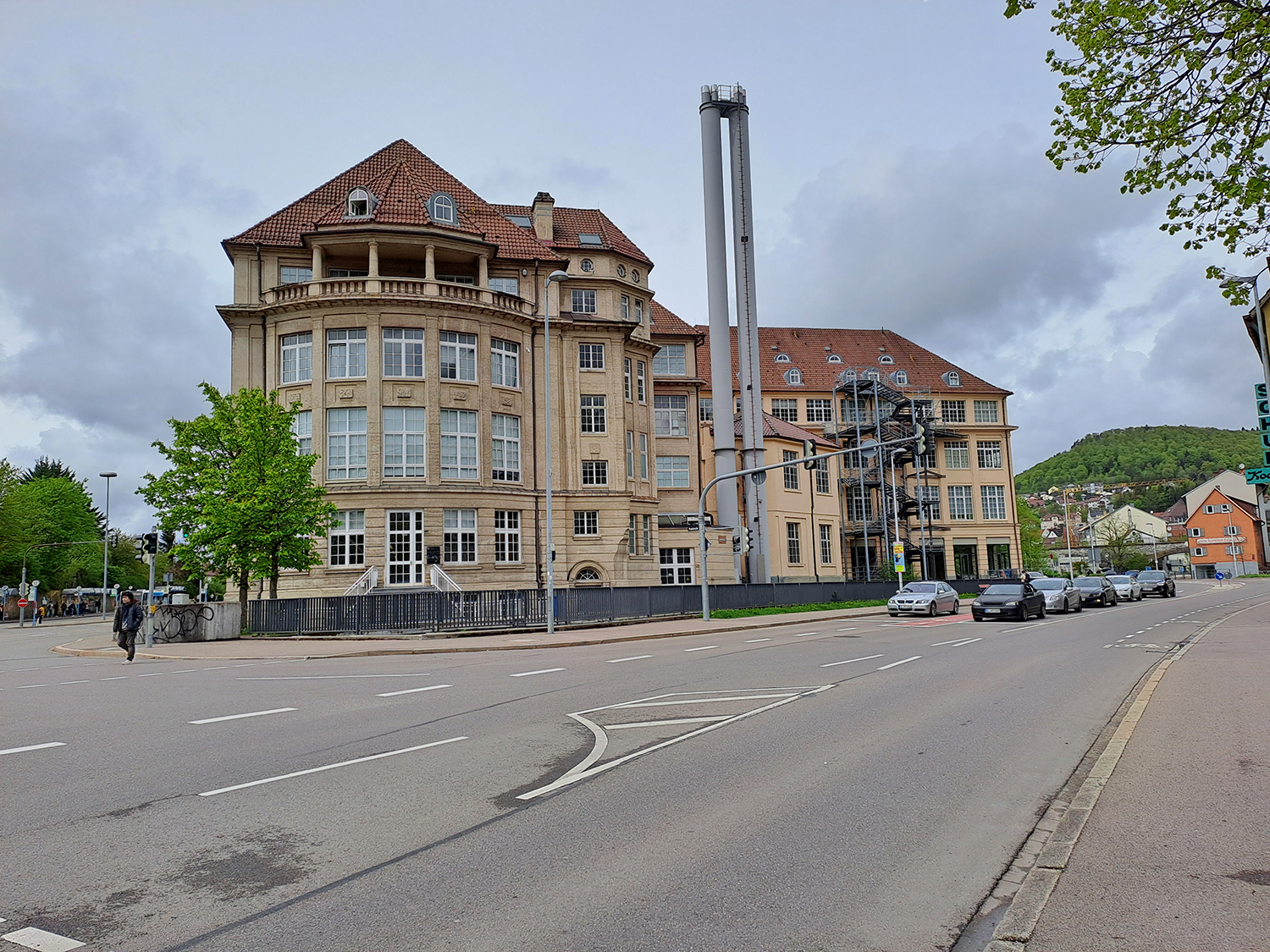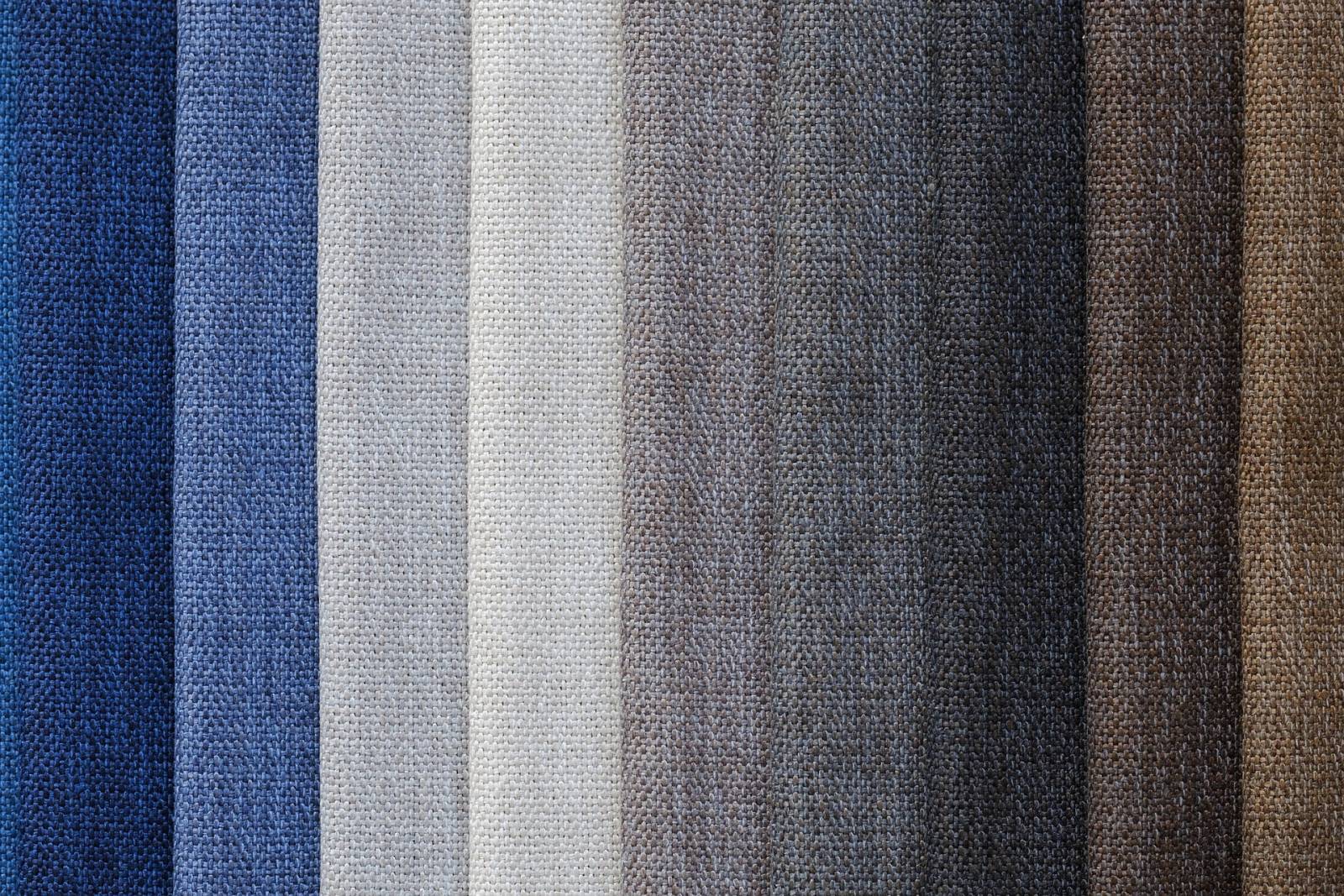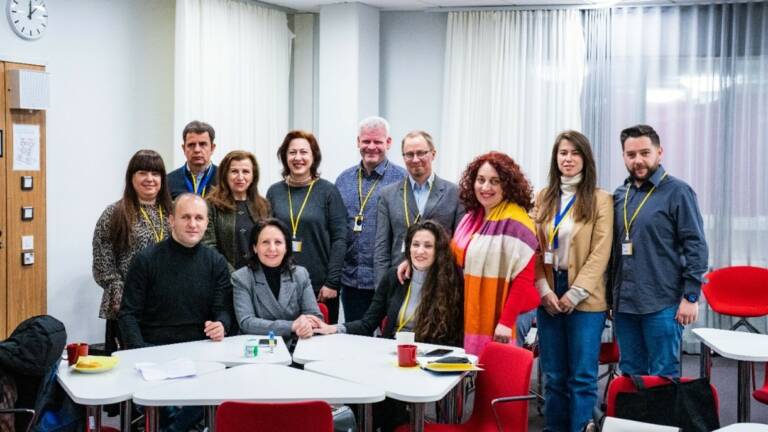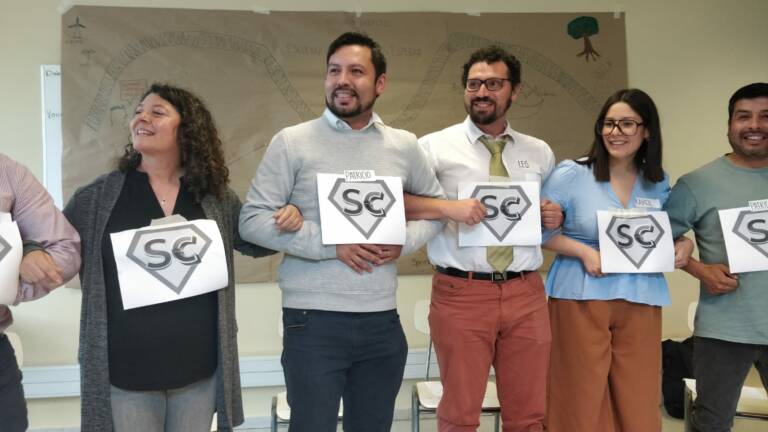German textile and clothing sector is huge compared to Finland. Germany covers 15% of the turnover of the European Union’s textile and clothing sector, 9% of the workforce, and as much as 19% of exports. The German textile and clothing industry is known for many clothing brands, but also for manufacturing technical textiles. Germany is also a major manufacturer of textile machinery.
Niederrhein University of Applied Sciences located near Düsseldorf has two campuses. The Faculty of Textile and Clothing Technology in Mönchengladbach (half an hour from Düsseldorf) is one of the largest study locations in Europe for textile and clothing engineers. The other campus is in Krefeld. The university was founded in 1971 but the textile and clothing engineering faculty has a history of 100 years and plenty of tradition. The starting point has been the weaving school. The faculty has more than 30 professors, ca. 25 teaching lecturers, and more than 30 other staff members. There were textile and clothing laboratories in many buildings, so it took two days to get to know them. The number of laboratories, the surface area, and the numerous of equipment surprised me because in Finland we are used to very small-scale laboratories.
Students can select either textile technology or clothing technology. Courses are conducted mainly in German, but English-speaking students can select from a comprehensive selection of textile and clothing engineering and management courses in English. Exchange students can also take an internship period at the university and work on research projects. The exchange period can be a period (30 cr) or the whole academic year (60 cr).
Many students commute between Düsseldorf and Mönchengladbach. The city is the same size as Tampere, with around 266,000 inhabitants. It only takes half an hour to the Dutch border and an hour to Aachen or Cologne.

Albstadt-Sigmaringen University was founded in 1971, and it is located in south-west Germany. The nearest big city is Stuttgart. The bachelor’s degree in textile and clothing engineering is focused on clothing engineering studies and the campus is located in Albstadt. The faculty is in an old knitting factory which was renovated some years ago. In the same building are also student apartments. A dormitory is close to the faculty building. The degree program is taught in German, but exchange students can study specified courses, for example, specified clothing and environmental engineering courses.
Albstadt is a small city, having around 46,000 inhabitants. It is 700 meters above sea level, and thus it is one of the coldest cities in Germany. The city center is picturesque, and the city is surrounded by the Swabian Jura mountains.

German Textile and Fiber Research Institute (DITF) in Denkendorf covers the entire value chain from molecules to final textile and garment products. DITF was founded in 1921 originally for the research of viscose fiber production. The number of personnel at the institute is approx. 250. The laboratory facilities were comprehensive. I visited melt spinning, nonwovens (especially melt blowing technology), knitting, weaving, and yarn spinning laboratories. DITF collaborates with the University of Stuttgart, and master’s and doctoral-level students are working at DITF.
TAMK has student exchange agreements with Niederrhein and Albstadt-Sigmaringen, and based on this visit both higher education institutes can be highly recommended for exchange studies.
Text: Marja Rissanen, Senior Lecturer, Built Environment and Bioeconomy
Main photo: Pixabay
Building photos: Marja Rissanen





